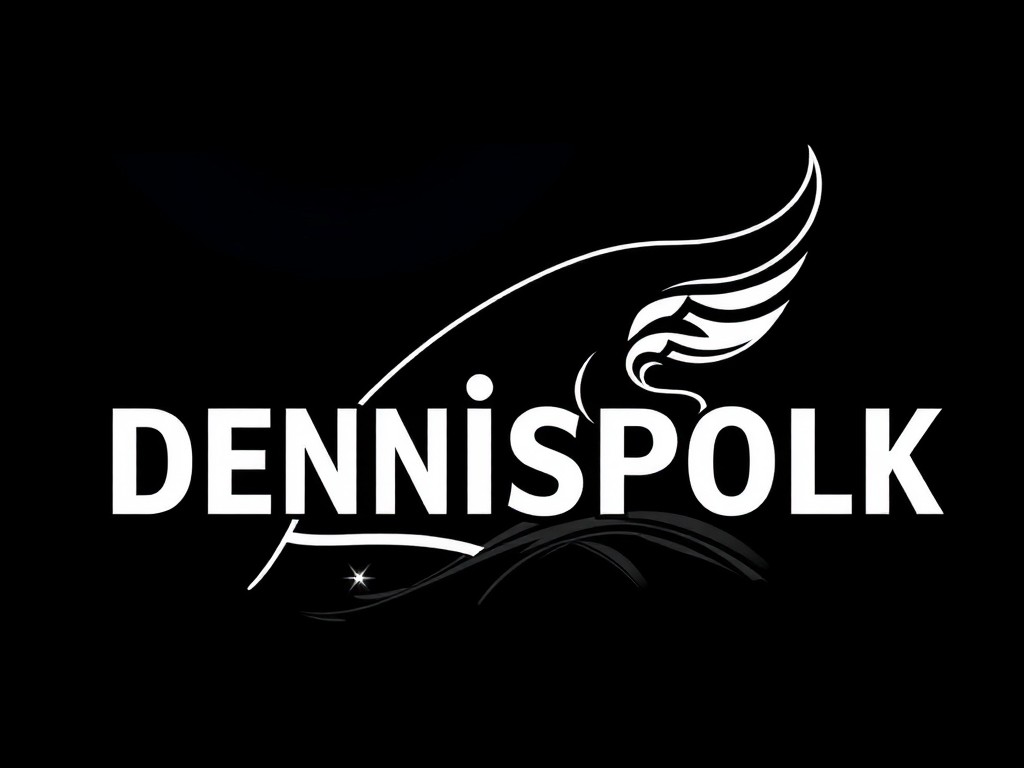Overview of the Vegan Leather Market in the UK
The vegan leather market in the UK has experienced significant evolution, reflecting broader shifts in consumer preferences towards sustainable alternatives. Historically, the emergence of vegan leather began as a niche offering but has now solidified its presence within the fashion industry. Increasing awareness of environmental issues and animal rights has boosted demand for these products, prompting substantial growth in recent years.
The UK market for vegan leather is robust, showing promising signs of growth. As of now, the market size is estimated at several million pounds, with projections suggesting an annual growth rate of approximately 7% over the next five years. This expansion is driven by both rising consumer consciousness and advancements in technology that improve product quality and accessibility.
Also read : Mastering the art of custom pet food subscription services in the uk: your guide to success
A variety of vegan leathers enriches the market, each with unique environmental benefits. Options include materials derived from plant sources like mushrooms, pineapples, and apples, as well as polyurethane-based leathers that forego traditional animal hides. Their sustainable nature lies in being less resource-intensive compared to conventional leather, thus contributing positively to environmental conservation. These alternatives not only satisfy ethical criteria but also offer high durability and a range of aesthetic choices, appealing to a broad spectrum of consumers.
Challenges Faced by Vegan Leather Businesses
The world of vegan leather is both exciting and complex, yet not without its set of challenges. Among the most pressing are supply chain issues, consumer perceptions, and navigating regulatory landscapes. Let’s break down these challenges, and understand how businesses are addressing them.
Additional reading : Essential techniques for protecting data privacy in uk telehealth: an in-depth resource guide
Supply Chain Difficulties
Vegan leather businesses often encounter significant supply chain issues. The primary challenge lies in sourcing raw materials. Factors such as availability, pricing volatility, and negotiation of sustainable practices can complicate this process. Additionally, the impact of global logistics, including transportation bottlenecks, can delay production timelines, affecting overall business efficiency.
To combat these issues, companies have adopted strategies like diversifying suppliers and developing closer relationships with material producers. Such measures help mitigate risks and ensure smoother operations, even amid global disruptions.
Consumer Perception and Education
Consumer perceptions of vegan leather present both a challenge and an opportunity. Understanding these attitudes is crucial, as many consumers still harbour misconceptions about the material’s durability and quality. Engaging in transparent marketing and consumer education can dissipate these doubts, showcasing vegan leather as a sustainable yet high-quality choice.
Emphasising real-world applications and longevity in marketing, firms can shift consumer perceptions, encouraging wider acceptance of vegan solutions.
Regulatory and Compliance Hurdles
Operating within the UK, businesses must navigate various regulations impacting vegan leather production. Compliance with sustainability certifications adds another layer of complexity. Anticipating and adapting to future regulatory changes is vital for maintaining market position and achieving long-term success. Understanding the regulatory landscape empowers businesses to align their practices with evolving standards.
Strategies for Overcoming Challenges
Navigating the complexities of market adoption necessitates diverse business strategies. Creating synergistic partnerships with suppliers and stakeholders is key. By aligning resources and goals, companies foster mutual growth and innovation. This collaboration can streamline operations, reduce costs, and enhance product quality.
Engagement with consumers is another critical strategy. Storytelling and transparency can significantly boost consumer engagement. Customers appreciate brands that share their journeys, values, and processes openly. Such narratives help forge emotional connections, fostering brand loyalty and advocacy.
Leveraging technology is also pivotal for tackling challenges. Implementing cutting-edge technologies can empower businesses to optimise production methods. By harnessing automated processes and advanced analytics, businesses can increase efficiency and reduce production costs.
Adopting a strategic blend of these elements cultivates a robust framework for navigating challenges. It not only facilitates seamless entry into new markets but also enhances brand visibility and customer satisfaction. As companies continue to innovate and embrace digital advancements, they position themselves effectively to meet consumers’ evolving needs.
Thus, businesses that invest in building strong partnerships, optimise production through technology, and engage consumers meaningfully are set to thrive in a competitive marketplace.
Case Studies of Successful Vegan Leather Businesses
Exploring success stories within the vegan leather market reveals fascinating insights. These businesses have leveraged innovation and strategic market approaches to establish themselves as market leaders.
Notable UK Brands
The UK boasts several standout brands in the vegan leather sector. One such brand is Stella McCartney, renowned for its commitment to sustainable luxury fashion. Stella McCartney leads through innovation, using cruelty-free materials and eco-friendly processes. Their success stems from a strong brand identity, focused marketing, and high-quality products that appeal to the eco-conscious consumer. Lessons learned from McCartney’s strategies include the importance of authenticity in messaging and the appeal of tying ethical values with style.
Innovative Production Techniques
The role of innovation in vegan leather production cannot be overstated. Brands such as Ananas Anam, creators of Piñatex, have unlocked new technologies by utilizing pineapple leaf fibres, a byproduct of the fruit harvest. This not only reduces waste but also generates additional income for farming communities. Such innovative techniques are sustainable and help boost market growth while enhancing consumer appeal. As the demand for ethical products grows, these pioneering methods serve as a blueprint for future production. The impact of these initiatives is evident in the expansion of consumer choices and the evolution of the apparel industry toward sustainable alternatives.
Recommendations for Growth Potential
Focusing on growth strategies involves identifying potential market opportunities in segments that promise expansion. A keen analysis of underserved demographics or geographical areas can highlight these opportunities. Businesses should employ sustainable practices to not only support the environment but to also foster brand loyalty. Increased consumer awareness towards sustainability means that eco-friendly companies are more likely to enjoy customer retention and attract new clientele.
Effectively seizing these opportunities requires strategic market positioning. By aligning the company’s values with those of its target audience, brands can craft compelling narratives. This fosters connections with consumers who prioritise sustainability. In essence, incorporating green initiatives into brand identity not only provides an edge over competitors but also solidifies a statement of core values.
Growth strategies should include focused marketing campaigns that highlight commitment to sustainable practices. Building partnerships with like-minded organisations can bolster a brand’s positioning in the eyes of consumers. These collaborations can multiply reach while enhancing brand credibility.
Lastly, companies should continually assess the market landscape and adapt their strategies. As market opportunities evolve, staying informed and agile ensures businesses can capitalise on growth potential while maintaining a solid commitment to sustainability.











